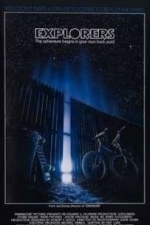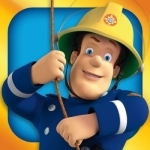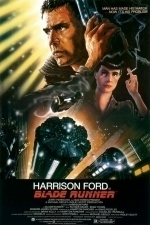
Explorers (1985)
Movie Watch
Young Ben Crandall (Ethan Hawke) spends his free time watching sci-fi films, playing video games and...

Life of Boris
YouTube Channel
Welcome to the official Life of Boris YouTube channel! On this channel, you’ll find a variety of...
Hideo Kojima recommended Blade Runner (1982) in Movies (curated)

Unity 3.X Game Development Essentials
Book
This book follows an informal, demystifying approach to the world of game development with the Unity...

Game Dev Story
Games and Entertainment
App
Manage your own game company and try to create a million-selling game in this unique simulation. ...

Fireman Sam - Fire & Rescue
Games and Entertainment
App
OFFICIAL LICENSED FIREMAN SAM APP New FREE Ocean Rescue Themed Update: Includes an 25 Extra...
Akward (448 KP) rated Through the Ages: A New Story of Civilization in Tabletop Games
Jun 15, 2018
This game is very intense. There are a lot of mechanics, and a lot to learn. It follows the basic mechanics of the Civilization video game fairly closely, but even veteran Civ players took a while to learn it.
You also have to be comfortable with the game taking all day. The time estimate on the box is very wrong. Our first game took us three hours, and we only made it through the first age (there are three).




